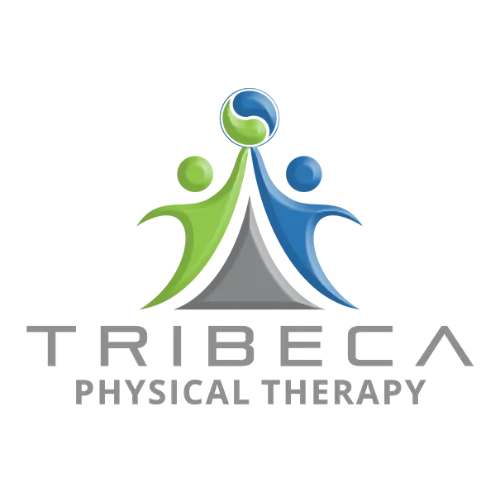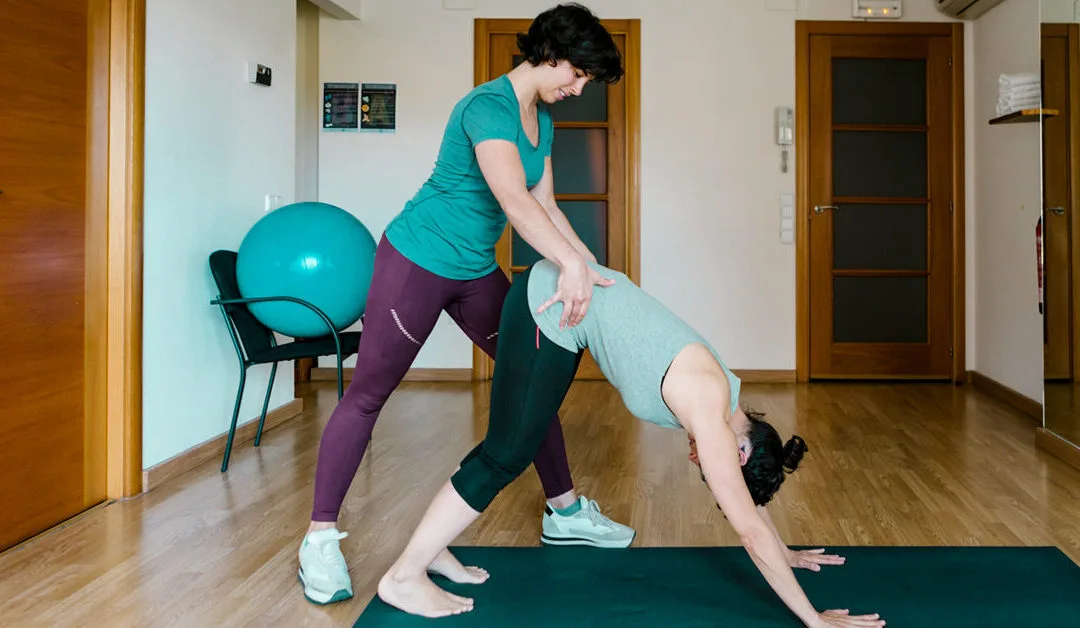Pilates is a type of physical fitness exercise that was started by a German named Joseph Pilates in the early 20th century. Naming the approach after him and referring to it as “Contrology”, it involves movements that are controlled, which improves the body’s flexibility, as well as builds strength and endurance. It focuses on developing the body’s core, zooms in on breathing and alignments, and connects the mind and the body.
Pilates is a low-impact exercise, which can be combined with a high-intensity cardio workout. It can be done as a stand-alone exercise routine or as part of physical therapy treatment. There are PT clinics that specialize and offer this as part of rehabilitation, which has been in use for the past 10 years.
Given these advancements, there are common myths and misconceptions of using Pilates as part of physical therapy treatment. Let’s see five of these below:
Pilates cannot be done together with physical therapy.
The principles used in Pilates are applied in physical therapy. Its low impact method is applied, as well as addressing the several aspects of the body’s kinematic chain to achieve its best state. Thus, pilates exercises done as part of physical therapy work well together.
Physical therapy that uses Pilates is intended only for a specific body part.
Pilates uses a holistic approach to improving the whole body. This is why it is important that the body is attuned as a whole, through proper alignment, breathing, and positioning. While Pilates concentrates on the body’s core, it also benefits the rest of the body as it trains the individual muscles and has these work together with the other muscles. Pilates emphasizes on rehabilitating the muscles through the reactivation of the neural pathways and increasing proprioception or the body’s awareness of space and position.
Pilates for physical therapy is hard.
The Pilates exercises used for rehabilitation in physical therapy are relatively simple, as long as the right form is followed. People who are uninjured but are pursuing Pilates as part of their fitness program would find it challenging to do Pilates because they are doing it rather incorrectly. Thus, it is essential to start Pilates at the appropriate levels and begin with simple and uncomplicated exercises.
Anything goes for Pilates.
Doing Pilates is systematic, as considering the current level of ability and injury of the patient is essential in retraining and rehabilitating the body into its normal function. The patient may commence with straight planar exercises, and then as the sessions progress, he or she may move into a more advanced level. It is always important to evaluate the patient’s condition and design the treatment plan accordingly.
Group sessions for Pilates are good enough.
It is always better to start working with a personal physical therapist who is also qualified in giving Pilates instructions. Having one-on-one sessions with a PT will help to recommend the specific exercises suited for the patient’s needs, and to receive the proper guidance on how to do the activities. Doing Pilates exercises precisely will prevent further exacerbating the injuries.
Here in Tribeca Physical Therapy New York, we offer Clinical Pilates as part of our treatment program to help in neuromuscular re-education and improve the body’s core strength, mobility and flexibility. Send us a message today for an evaluation or to book an appointment.



